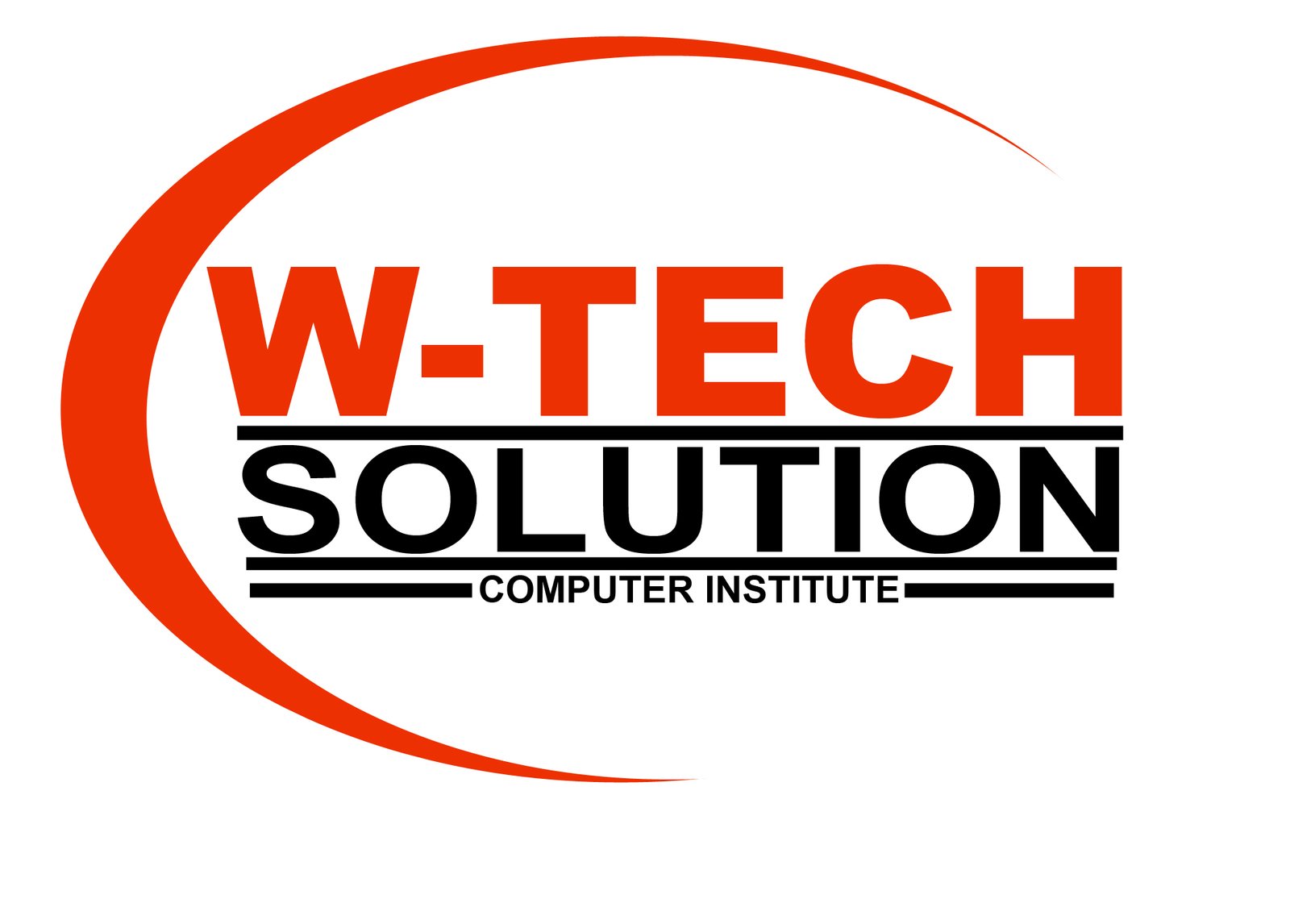The Advanced Diploma in Computer Applications (ADCA) is a comprehensive program designed to provide a deeper and more specialized understanding of computer applications compared to a basic Diploma in Computer Applications (DCA). It typically spans one year, often divided into two semesters.
While the exact syllabus can vary between institutions, here’s a detailed breakdown of common topics covered in an ADCA course:
I. Core Computer Fundamentals & Office Automation (Often building on DCA knowledge):
- Fundamentals of Computers and IT:
- In-depth understanding of computer architecture, hardware components (motherboard, CPU, memory, storage), and peripherals.
- Types of software: system software (operating systems, utilities), application software.
- Data representation, number systems, and basic digital logic.
- Operating Systems (Advanced):
- More extensive knowledge of Windows OS (advanced features, troubleshooting, user management).
- Introduction to Linux/Unix (command-line interface, file system, basic administration).
- Network operating systems concepts.
- Microsoft Office Suite (Advanced Applications):
- MS Word: Advanced formatting, mail merge, macros, document security, collaborative features.
- MS Excel: Complex formulas and functions, data analysis tools (pivot tables, conditional formatting, data validation), macros, charts, and data management.
- MS PowerPoint: Advanced presentation design, multimedia integration, animation, transitions, master slides.
- MS Access (Database): Introduction to database concepts, creating tables, queries, forms, reports, basic SQL.
- Internet and Web Technologies:
- In-depth understanding of internet protocols (TCP/IP), web browsers, search engines.
- Email management, online collaboration tools.
- Networking concepts (LAN, WAN, topologies, network devices, IP addressing, basic network security).
II. Programming and Software Development:
- Programming Languages:
- C Programming: Foundational programming concepts, data types, operators, control structures, functions, arrays, pointers, file I/O. (Often the first language introduced for strong fundamental understanding).
- C++ Programming: Object-Oriented Programming (OOP) concepts (classes, objects, inheritance, polymorphism, encapsulation), constructors, destructors.
- Python: Introduction to Python programming, data structures, control flow, functions, modules, file handling. (Increasingly popular due to its versatility and ease of learning).
- Some courses may also introduce basics of Java or Visual Basic/VB.NET.
- Software Engineering Principles:
- Introduction to Software Development Life Cycle (SDLC) models.
- Software testing methodologies.
- Basic project management concepts.
- System Analysis and Design (SAD) – understanding user requirements and designing systems.
III. Web Development & Design:
- HTML (HyperText Markup Language): Advanced HTML, semantic HTML5.
- CSS (Cascading Style Sheets): Advanced CSS for styling, responsive design (media queries), CSS frameworks (e.g., Bootstrap basics).
- JavaScript: Client-side scripting, DOM manipulation, event handling, basic interactivity.
- Server-Side Scripting (Introduction): Concepts of server-side languages like PHP, ASP.NET, or Node.js, and how they interact with databases.
- Database Connectivity: How to connect web applications to databases.
- Web Development Tools: Introduction to IDEs and tools used for web development.
IV. Database Management System (DBMS):
- Relational Database Concepts: Keys, relationships, normalization.
- SQL (Structured Query Language): More advanced SQL queries (joins, subqueries, aggregate functions), data definition language (DDL), data manipulation language (DML).
- Database Design: Principles of designing efficient and robust databases.
- Data Security and Integrity.
- Often, a specific RDBMS like MySQL or SQL Server is used for practical exercises.
V. Graphics, Multimedia & Desktop Publishing (DTP):
- Adobe Photoshop: Advanced image editing, layers, masking, retouching, color correction, effects for graphic design.
- CorelDraw: Vector graphics design, logo creation, illustrations.
- PageMaker (or InDesign): Desktop publishing, layout design for brochures, newspapers, magazines.
- Introduction to Video Editing: Basic concepts and tools for video editing (e.g., Adobe Premiere basics).
VI. Accounting Software & Data Management:
- Tally ERP 9 with GST: Comprehensive training in accounting software, including financial accounting, inventory management, taxation (GST, TDS, TCS), payroll, and reporting.
VII. Emerging Technologies (Introduction/Overview):
- Cybersecurity Fundamentals: Threats, vulnerabilities, ethical hacking basics, security measures, antivirus.
- Mobile App Development (Basic Concepts): Introduction to Android or iOS development, understanding the mobile ecosystem.
- Data Structures and Algorithms: Basic concepts of arrays, linked lists, trees, and algorithm design.
VIII. Project Work & Soft Skills:
- Project Work: A crucial part of the ADCA course is often a practical project where students apply the learned skills to build a small application, website, or system.
- Soft Skills and Communication: Focus on communication, presentation skills, teamwork, and interview preparation.
Who is ADCA for?
- Individuals who have completed 10+2 (Higher Secondary) and want to gain comprehensive computer skills.
- Those who have completed a basic DCA and wish to deepen their knowledge and specialize in various IT domains.
- Anyone looking for a job-oriented course to enter the IT sector or enhance their employability in various industries.
Career Prospects after ADCA:
ADCA graduates can find opportunities in various roles, including:
- Computer Operator
- Data Entry Operator
- Office Assistant/Clerk
- Web Designer (Junior)
- Graphic Designer (Junior)
- Accountant (with Tally skills)
- IT Support Specialist
- Junior Programmer
- Desktop Publishing (DTP) Operator
- And many more, especially in small to medium-sized businesses and government sectors.
The ADCA course provides a strong foundation for individuals looking to build a career in the dynamic field of information technology, offering both theoretical knowledge and practical, industry-relevant skills.



